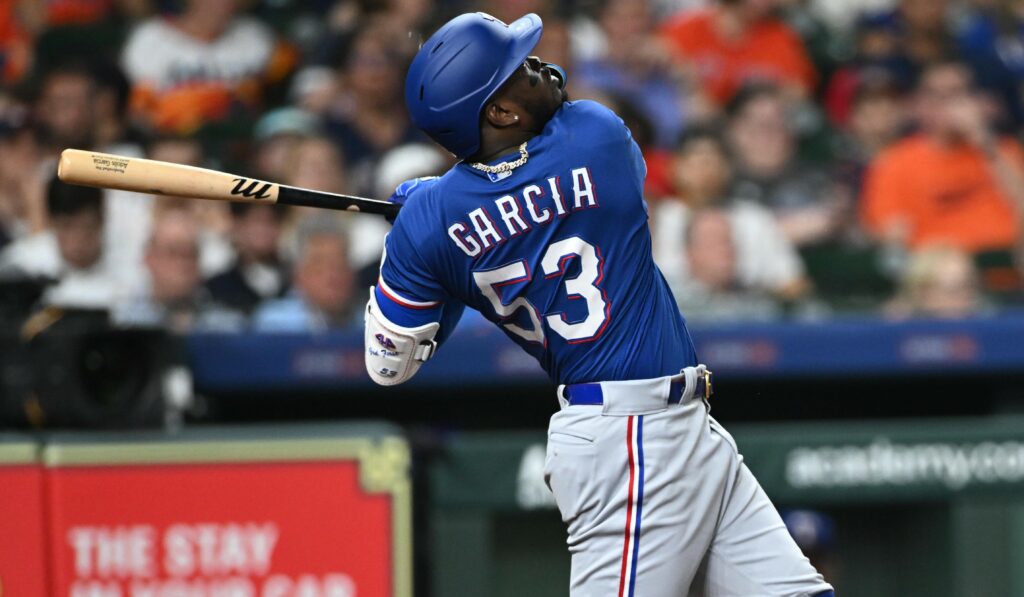Is Chess Ready to Become a Full-Fledged Spectator Sport?

Chess is arguably one of the most highly-revered games on the planet. Its complexity is often associated with some sort of elitism but over time it has grown more popular across the globe. However, it is yet to be considered to be a true or full-fledged spectator sport particularly due to its intrinsic nature as a mentally challenging game that often takes longer than other sports to complete.
Perhaps the most notable thing about spectator sports is their ability to be televised. Already we have seen such things as esports rise in popularity thanks to the ease of broadcasting that kind of action. Now, you might be wondering why it is still hard to make chess a spectator sport despite all of the advancements that have been made in broadcasting technology.
Initially, the main thing that held chess back from being referred to as a spectator sport is the fact that it is a fairly complex game. Unlike basketball, football, soccer, or baseball, anyone who is watching a game of chess has to have a deep level of understanding of what is going on in a game of chess. Thankfully, the audience and fan base has grown quite a bit. Is that enough though?
Well, even though several reasons can be tabled regarding why chess wouldn’t quite cut is a spectator sport, we are going to focus on the aspects that are pushing it close to mainstream adoption as a spectator sport.
A Brief History of Recent Mainstream Chess Spectatorship
As mentioned earlier, chess has always been a pretty popular game among even though this has largely been among enthusiasts. There have been several robust moves designed to elevate the game to even greater heights and this dates back to several years or even decades ago.
For instance, back in 2015 chess grandmaster Maurice Ashley set the ball rolling on a chess tournament with a whopping $1 million in prize money. Las Vegas, being the gaming and entertainment capital of the world, was an obvious first choice for the tournament – it was already hosting several popular tournaments including the annual World Series of Poker (WSOP). This marked one of the most ambitious attempts to transform the game of chess into a televised, global spectacle and in the process giving it all of the attention that it deserved.
Just like it is with other tournaments or contests held in Vegas, the chess tournaments were live-streamed. The streams featured dramatic music and there were even commentators who explained to the viewers what was happening at the tables. Moreover, Deep View, an advanced computer program used algorithmic tools to visualize and explain the match dynamics even further. Also, since there were hundreds of matches taking place simultaneously, the program would also be tasked with monitoring for unusual or interesting matches that deserve to be highlighted.
The response to the tournament was quite good, to say the least. There were about 600 entrants each of whom paid an entry fee of $1,000 that would allow them to compete across nine different divisions. Needless to say, the $1,000 fee was, by no means cheap, and is one of the things that held back even better reception of chess tournaments.
However, 2020 has come with some interesting developments that are worth paying attention to as they may be monumental to the direction that chess takes in as far as mainstream spectatorship is concerned.
Chess’ Newfound Popularity
A lot has been happening in 2020 but by far the most impactful thing has been the coronavirus pandemic which has, as expected, disrupted nearly all aspects of modern living. Gaming and entertainment certainly took a hit with several land-based entertainment venues being forced to adjust in different ways but in their wake arises gems like the recent Netflix phenomenon The Queen’s Gambit (pictured). Individuals have also had to rethink how best they can safely go about the activities they love and this has led to a significant uptick in various online activities including gambling.
Now, one of the ways that some people have been using their homebound hours is by playing online chess. Surprisingly, chess has gone on to join other forms of online entertainment such as online casinos and virtual sportsbooks as a lockdown pass time that is enjoyed by massive audiences from all around the world.
People are not just playing chess though; online spectatorship is also on an all-time high thanks to gaming-centered streaming platforms such as Twitch. According to data SullyGnome, a renowned analytics platform, between March and August chess viewership clocked in at a whopping 41.2 million hours on Twitch. This was a four-fold increase from what was recorded in the six months preceding the coronavirus-induced lockdowns.
While most of the action can be attributed to just a few chess players on Twitch, the increase in viewership certainly shows there is now way more interest in the sector than ever before. Many of the people who watch chess are quite happy that they can now get to enjoy watching and possibly learning from a high level of play, something that they previously had little to no access to.
“A boom is taking place in chess like we have never seen maybe since the Bobby Fischer days. And it’s happening all because the pandemic has driven people indoors, and they’re looking for something incredible, constructive, educational to do. People have this misconception that it’s slow, it takes a long time, it’s boring. Why would you want to watch grass grow? Yeah, but chess is not like that. Well, it’s not all the time like that anyway!” – Chess grandmaster Maurice Ashley.
At the same time, there is still a lot of optimism that things will eventually get back to normal in the coming year. Many chess tournaments including several high-profile ones scheduled to go down in Las Vegas, Nevada are still in the works and will, hopefully, still happen once things clear up. There is a lot of anticipation building up and it is safe to say that chess is set to have an even bigger audience in 2021, a trend that is not going to subside anytime soon.
Making Chess Better
Chess is, by all means, a perfect game. It has been for centuries. However, some aspects of the game have had to evolve to make it more spectator-friendly and relevant to modern broadcast channels.
A typical example of this was the Altibox Norway Chess 2018, where the organizers had to be very inventive and open-minded enough to introduce some much-needed changes. They did this by introducing a new format. The goal was, essentially, to make sure that each game had a winner, that is, no draws as it is with regular games of chess.
Similar changes have been very common in chess tournaments. It seems that fiddling with time control in chess tournaments is vital to make the game more spectator-friendly. Most notably, World Championship matches have since become much shorter. Moreover, we have seen the introduction of rapid and blitz time controls that are meant to make the games not only shorter but also significantly more fun to watch.
Frankly speaking, in its purest form, chess has never been a sport for the masses. That is why the goal of making chess spectator-friendly does not necessarily target purists. Today’s revenue-driven ecosystem has put the commercial aspect of the game at the forefront and while this might irk some of the lovers of chess in its purest form, it has been gradually carving out a niche of its own.
Innovation in time control is definitely going to make chess even more spectator-friendly but at the expense of losing the authenticity of the game, at least for now. Even so, the emphasis on shorter games should not overshadow the importance of the longer formats that truly define chess. Several discussions are needed to figure out the best way forward.
Final Thoughts
As you may have already picked up, much of the emphasis that has been put on pushing chess forward as a spectator sport lies in the format of the game. That is, of course, a very important aspect of making related tournaments and contest just as fun and engaging to watch as other sporting activities like soccer, basketball, or football.
Even so, as much as we may love the fast-paced nature of the other spectator sports, chess is not technically a visual sport. What this means is that, rather than most spectators getting joy from watching how the game plays out, they are more interested in understanding the ideas and the thought process of the players.
This presents a rather daunting challenge whose solutions will lie on both the organizers as well as the spectators themselves. Thankfully, both formats exist – people who prefer to watch short or fast-paced chess games can do so online and people who love the thrill of long format chess games that take hours to complete can also do that.
All in all, it would be safe to say that the time is right to push chess forward as a spectator sport but that is just about it. There is still a very long way to go.




















